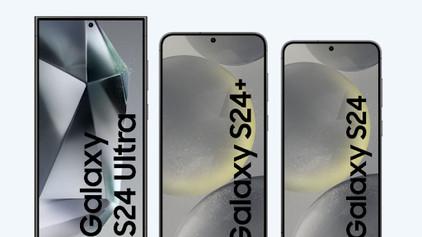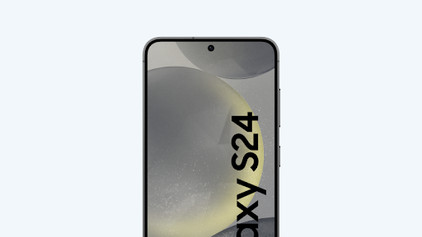
Compare the Samsung Galaxy S20 to the S20 Plus
No longer available, view the newer model
Camera
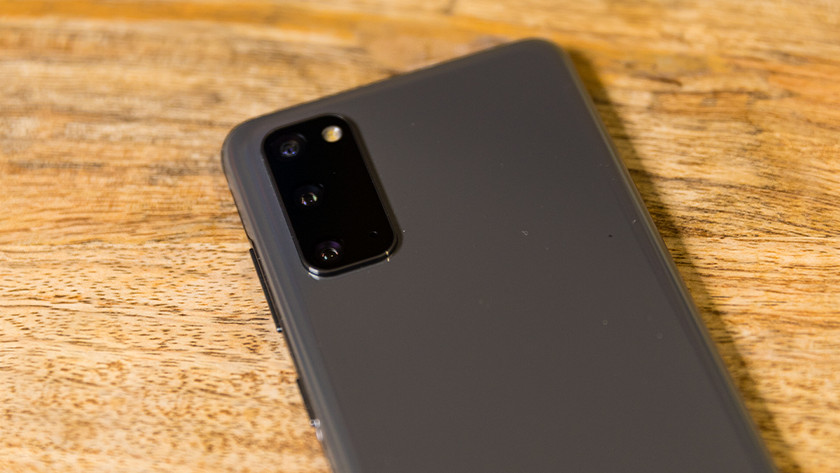
Samsung S20: wide-angle lens and telephoto lens with 3x optical zoom
The Samsung S20 is equipped with 3 cameras. In addition to a 12-megapixel standard camera, it also has a 12-megapixel wide-angle lens for photos of large groups or buildings and a 64-megapixel telephoto lens with 3x optical zoom. This allows you to zoom in 3 times without losing quality. The S20 can take up to 14 different photos and videos with the different lenses at the same time. That way, you can make sure you have a good photo of every important moment.
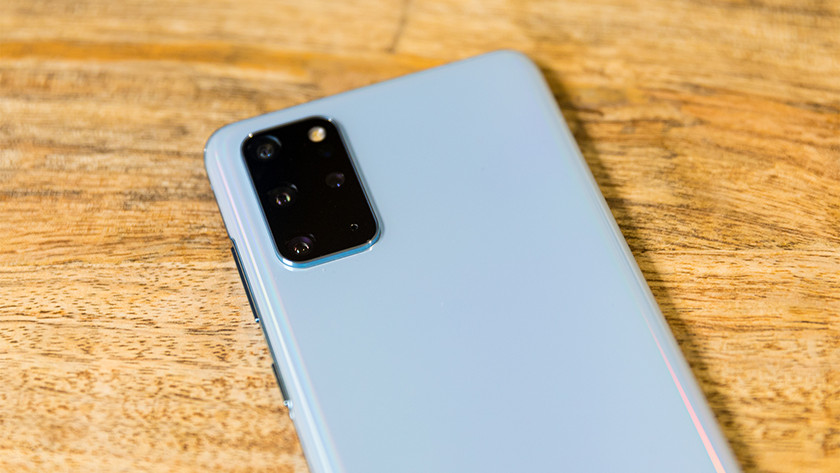
Samsung S20 Plus: same cameras and a Time of Flight sensor
The camera setup of the S20 Plus is a little more extensive than that of the S20. In addition to the 3 cameras on the S20, the Samsung S20 Plus has a Time-of-Flight sensor that's called DepthVision by Samsung. This sensor measures depth. With this sensor, you can create a nicer depth of field effect for portraits than with the S20. This sensor also creates a 3D image of what it sees. Thanks to this, you'll be able to use AI (Artificial Intelligence) in the future. For example, you'll be able to see how pants or a necklace would look via your smartphone.
Design
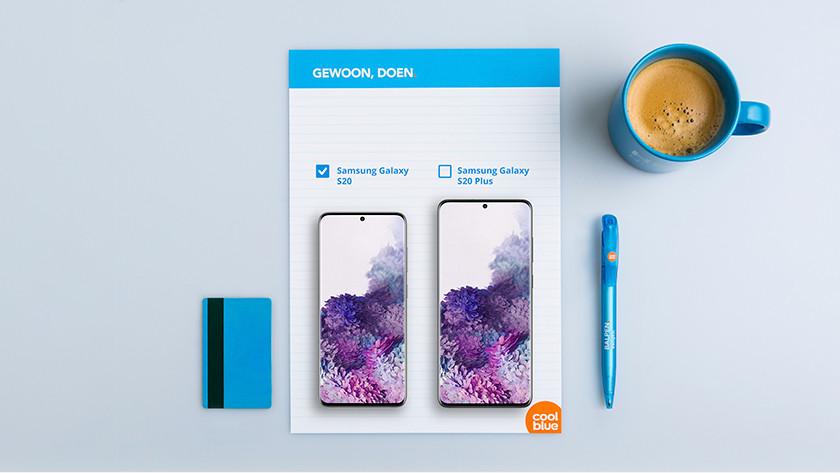
Samsung S20: 6.2-inch screen
The Samsung Galaxy S20 has a 6.2-inch Quad HD screen. There's a small cutout for the selfie camera at the top of the screen. The device barely has any bezels, so you can watch your favorite movies and series without being distracted. The cameras on the back have been built into a camera island. This platform sticks out slightly, but you won't notice this if you have a case around your device. The S20 is available in gray, blue, and pink.
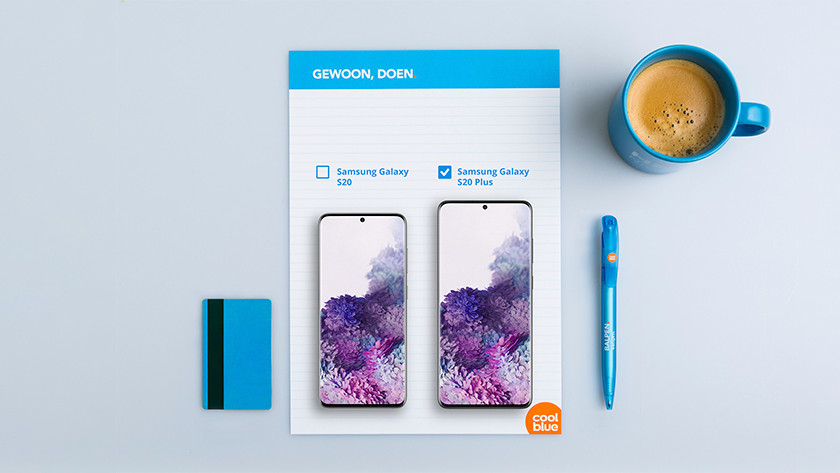
Samsung S20 Plus: 6.7-inch screen
Thanks to its 6.7-inch Quad HD screen, the S20 Plus is a lot bigger than the S20. Because of its large screen, the device is a little over an inch longer and almost half an inch wider. As a result, the S20 Plus won't fit in everyone's hand or pocket. Just like the S20, this device has thin bezels and a small notch for the selfie camera. The rear cameras are integrated in the device the same way. The device is available in black, gray, and blue.
Performance
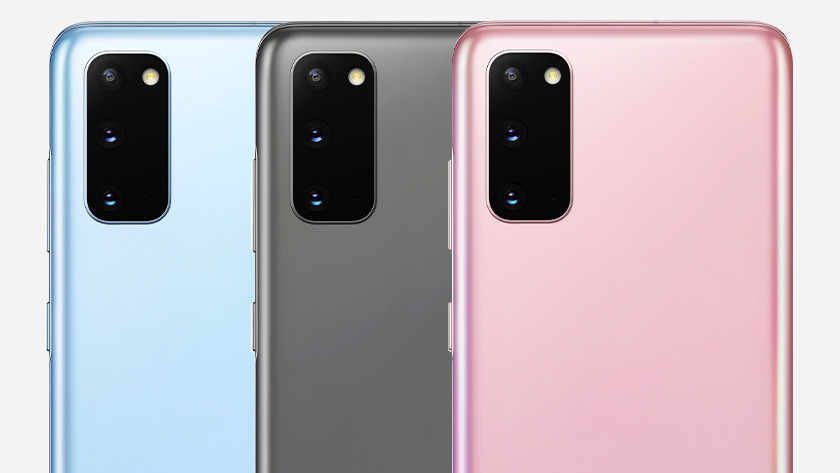
Samsung S20: powerful Samsung Exynos 990 processor and 8GB RAM
The Samsung Galaxy S20 has a the powerful Samsung Exynos 990 processor. This allows you to open demanding apps, games, and photo editing programs without a lags. Thanks to the 8GB RAM, multi-tasking won't be a problem. You can save your apps and files on the 128GB storage memory. If you use a memory card, you can expand this memory with an additional 1TB.
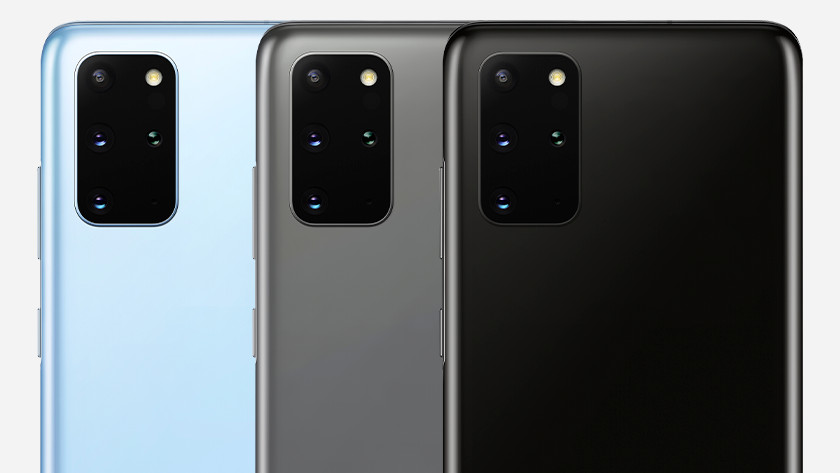
Samsung S20 Plus: just as powerful
In terms of speed and power, the S20 Plus is comparable to the smaller version. Like the S20, the S20 Plus has a Samsung Exynos 990 processor and 8GB RAM. These devices also have the same amount of storage space. The S20 Plus has 128GB to store your apps, photos, music, and other files. Do you need more space? Expand the memory by another 1TB with a memory card.
Battery
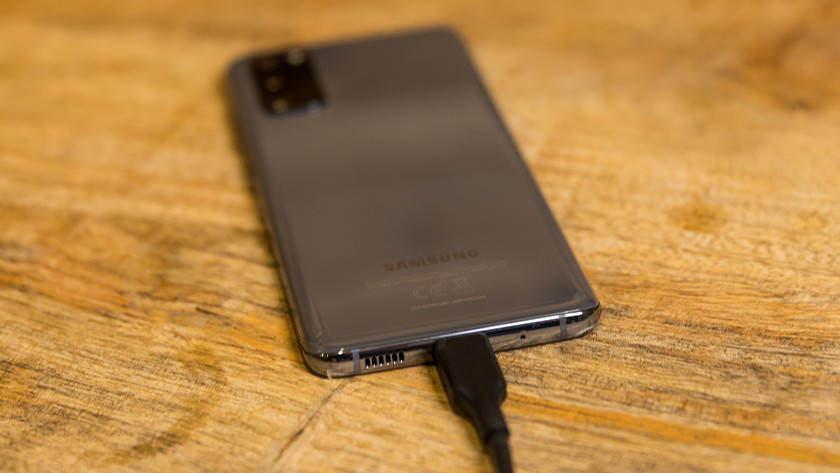
Samsung S20: 4000mAh battery, 25W fast charging
Thanks to the 4000mAh battery in the S20, you can get through the day without having to charge in between with average use. With 25W fast charging, you can fast charge your device. Within half an hour, your battery will be charged for 50% again. The S20 can be charged wirelessly too. With 15W wireless fast charging, this is faster than with previous Samsung devices. A full charge used to take about 2 hours. The S20 also supports Reverse Wireless Charging. This means that you can charge small devices like Bluetooth earbuds wirelessly too on the back of your smartphone.
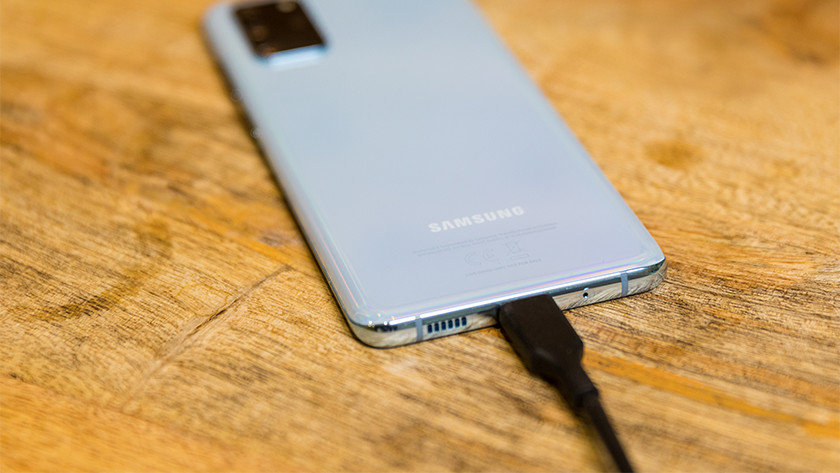
Samsung S20 Plus: 4500mAh battery, 25W fast charging
The 4500mAh battery of the S20 Plus is much larger than that of the S20. The device needs this larger battery too, because the 6.7-inch screen consumes more energy. The S20 Plus also supports 25W fast charging and 15W wireless fast charging. Because of the large battery capacity, it can take a couple of minutes longer to fully charge your device. Just like the S20, the S20 Plus has Reverse Wireless Charging.
4G or 5G?
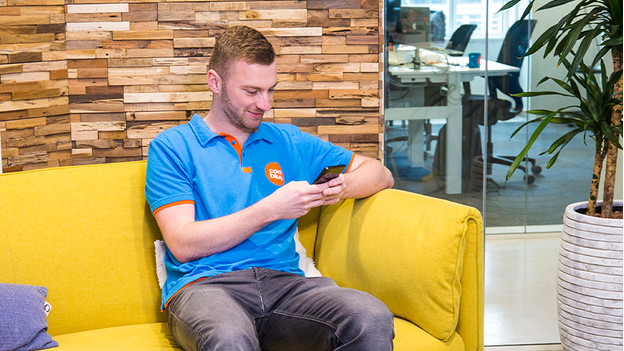
The Samsung S20 is available in both a 4G and 5G version. 5G is a new, faster mobile network. At the moment, 5G isn't available in the Netherlands. Providers are allowed to start building 5G transmission towers in May 2020. The fast frequencies won't be available until later, though. It might take up to 2022 before you can enjoy the fast 5G network everywhere. Until then, you'll be able to use 4G on your 5G device.
Conclusion
The Samsung Galaxy S20 and S20 Plus are the same in many areas when it comes to the software. The S20 Plus is considerably larger than the S20. though. In addition, the Plus version has a larger battery and a more complete camera setup, thanks to the Time-of-Flight sensor. Are these matters important to you? The S20 Plus is the best choice. Keep in mind that the S20 Plus has a screen diagonal of 6.7 inches, so it's considerably larger than the S20.





